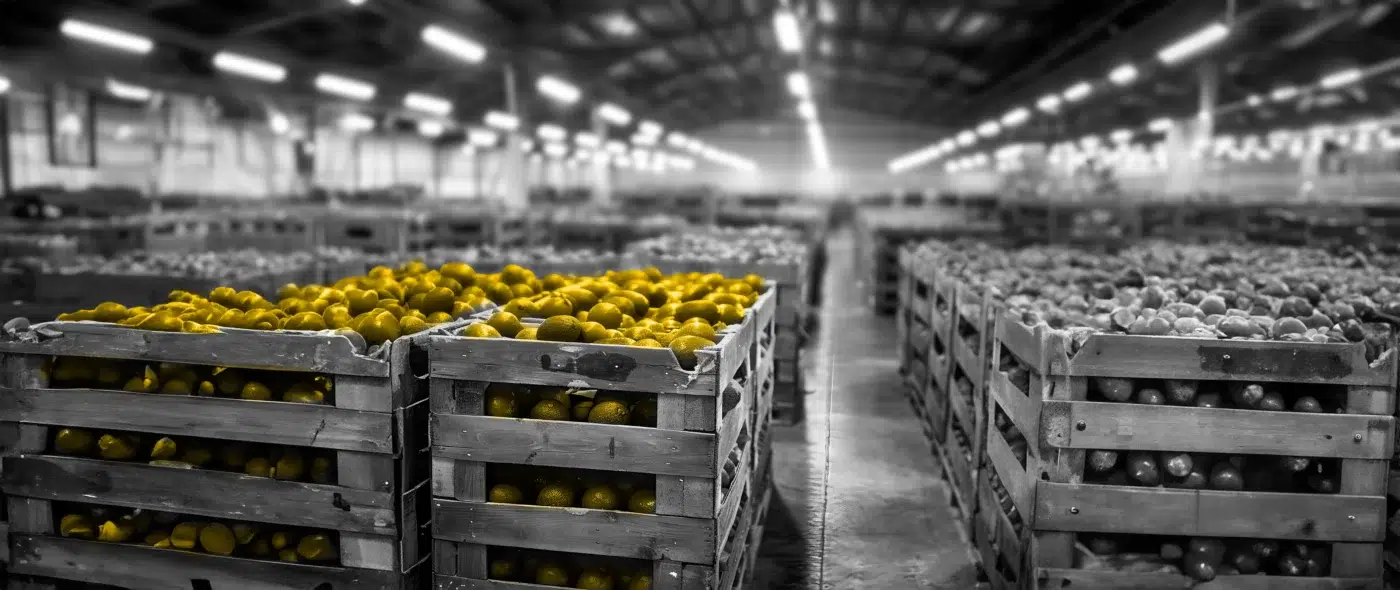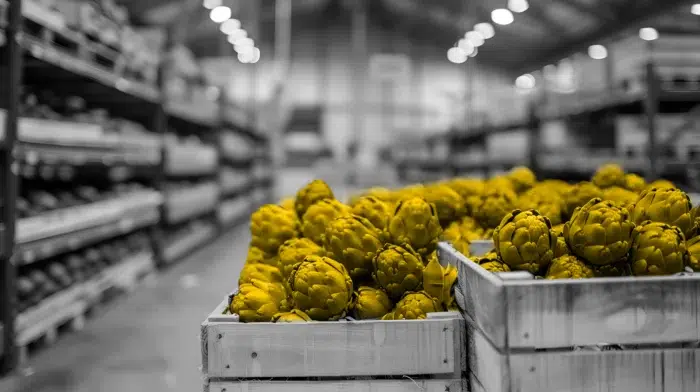
Best Practices for Produce Transportation: Ensuring Freshness from Farm to Table
July 16, 2024

Transporting fresh produce is a critical component of the agricultural supply chain. The process is complex and requires meticulous planning and execution to ensure that fruits and vegetables arrive at their destination in optimal condition.
To achieve this, adhering to best practices in produce transportation is essential. These practices help maintain quality, prevent spoilage, and ensure compliance with food safety standards.


1. Temperature Control
One of the most crucial factors in transporting produce is maintaining the correct temperature throughout the journey.
- Pre-Cooling: Before loading, pre-cool produce to the recommended temperature to remove field heat and slow down the ripening process.
- Refrigerated Transport: Use refrigerated trucks (reefers) that can consistently maintain the required temperature range. Ensure that the refrigeration units are in good working order before departure.
- Monitoring: Continuously monitor the temperature inside the trailer using data loggers or remote monitoring systems. Regular checks, including during transload at the border, to help identify and rectify temperature fluctuations promptly.
2. Proper Packaging
Effective packaging protects produce from physical damage and environmental factors.
- Ventilated Packaging: Use packaging materials that allow for adequate airflow to help maintain the correct temperature and humidity levels.
- Cushioning: Include cushioning materials to prevent bruising and damage during transit. Use materials like foam inserts or padding.
- Standardized Containers: Utilize standardized containers to facilitate easier stacking and handling, reducing the risk of damage.
3. Handling Practices
Proper handling minimizes the risk of physical damage and spoilage.
- Training: Train all personnel involved in the handling and transportation of produce on best practices, including gentle handling and proper loading techniques.
- Loading Techniques: Load produce carefully to avoid crushing or bruising. Use pallets to elevate produce off the floor and improve airflow.
- First In, First Out (FIFO): Follow the FIFO principle to ensure older stock is shipped before newer stock, minimizing the risk of spoilage.
4. Hygiene and Sanitation
Maintaining cleanliness is vital to prevent contamination.
- Clean Equipment: Ensure all transportation equipment, including trucks and containers, are thoroughly cleaned and sanitized before use.
- Regular Inspections: Conduct regular inspections for pests and contaminants. Address any issues immediately to prevent spread.
- Personal Hygiene: Ensure that all personnel handling produce adhere to strict personal hygiene standards, including regular hand washing and wearing clean clothing.
Subscribe!
Subscribe to receive the latest articles, newsletters, whitepapers, and industry news directly to your inbox.
"*" indicates required fields
5. Documentation and Record-Keeping
Accurate documentation is essential for traceability, compliance, and quality control.
- Shipping Records: Maintain detailed records of all shipments, including temperature logs, handling procedures, and transportation conditions.
- Traceability: Ensure that all produce is traceable back to the source. This is crucial for addressing any issues that may arise and for regulatory compliance.
- Compliance Documentation: Keep records of compliance with food safety standards and transportation regulations. This includes certificates, inspection reports, and sanitation records.
6. Pulping and Quality Checks
Regular quality checks help ensure produce remains fresh during transit.
- Pulping: Use pulping techniques to check the internal temperature of produce, ensuring it remains within the optimal range.
- Visual Inspections: Conduct regular visual inspections of the produce for signs of spoilage, such as discoloration, mold, or off smells.
- Quality Control Points: Establish quality control points at various stages of the transportation process to ensure consistent monitoring and adherence to standards.
7. Contingency Planning
Prepare for unforeseen circumstances that could impact the transportation process.
- Backup Equipment: Have backup refrigeration units and generators available in case of equipment failure.
- Alternate Routes: Plan alternate transportation routes to avoid delays due to traffic, weather, or road closures.
- Emergency Contacts: Maintain a list of emergency contacts, including repair services, suppliers, and regulatory bodies, to quickly address any issues that arise.

Implementing best practices in produce transportation is essential for maintaining the quality and safety of fruits and vegetables from the farm to the consumer. By focusing on temperature control, proper packaging, careful handling, hygiene, documentation, quality checks, and contingency planning, produce transporters can ensure that their goods arrive in the best possible condition. These practices not only enhance customer satisfaction but also contribute to a more efficient and reliable agricultural supply chain.
Contact us to book your next produce shipment with TRAFFIX!

